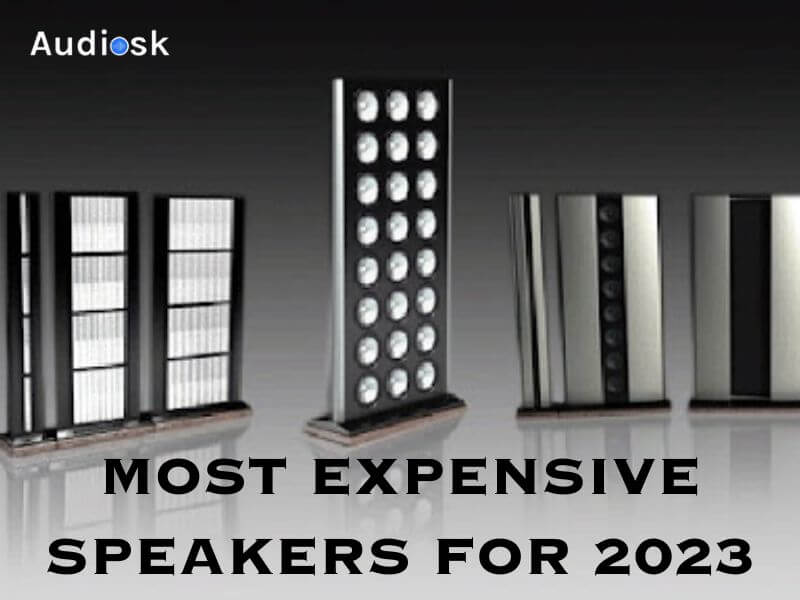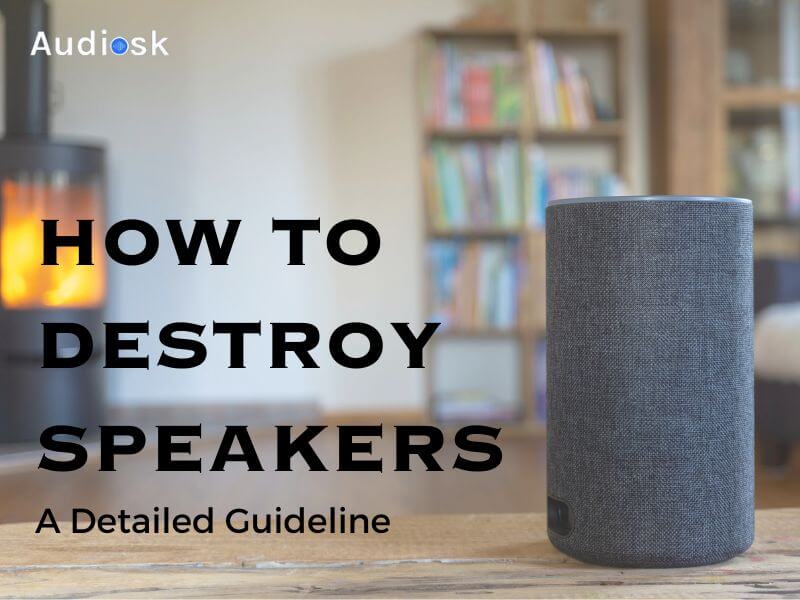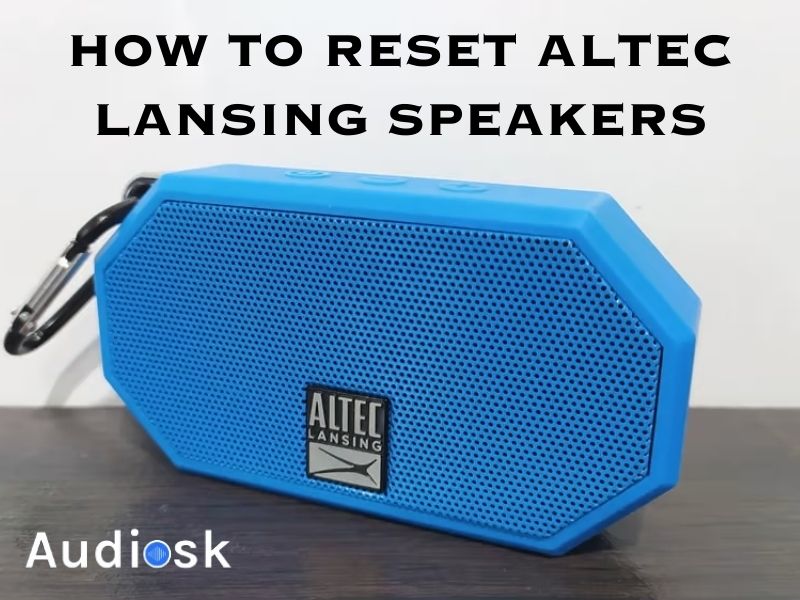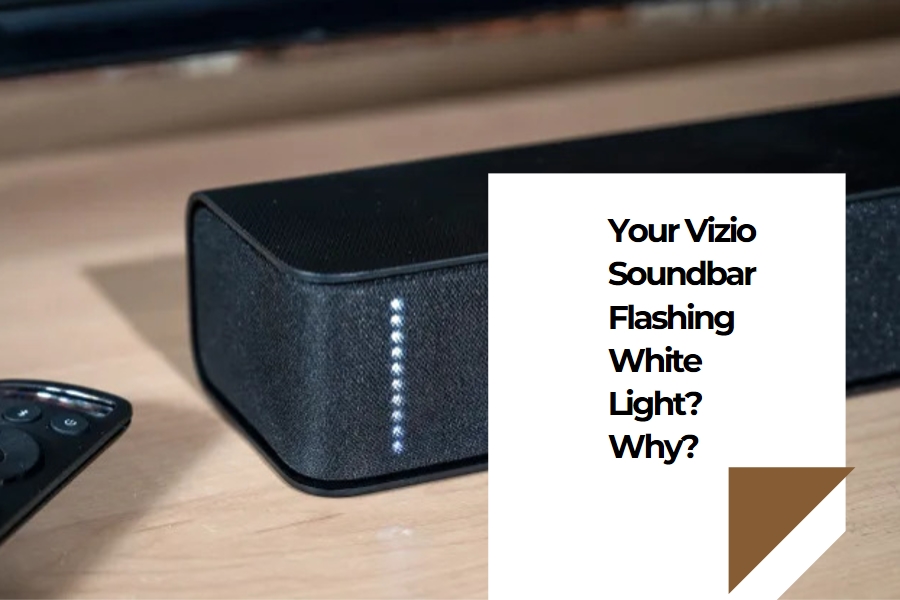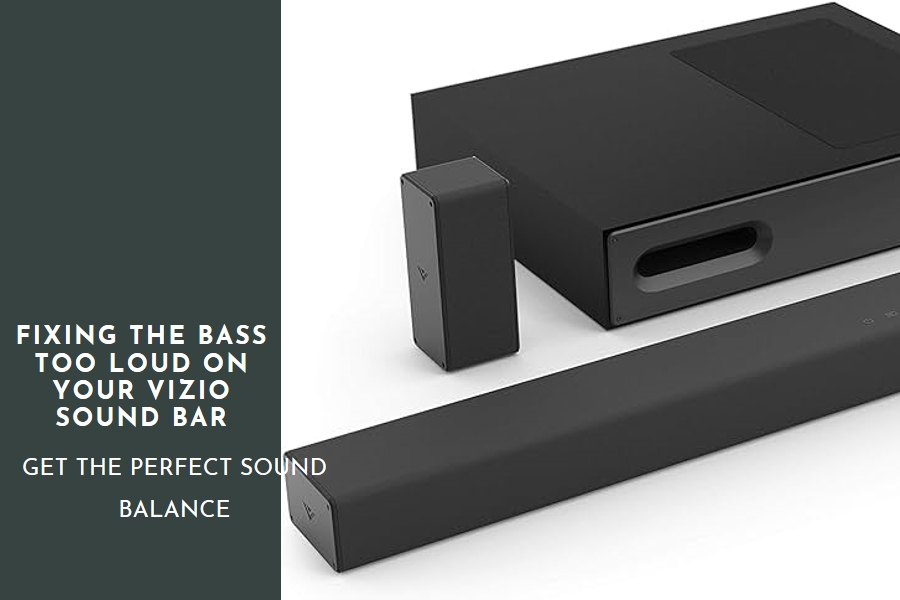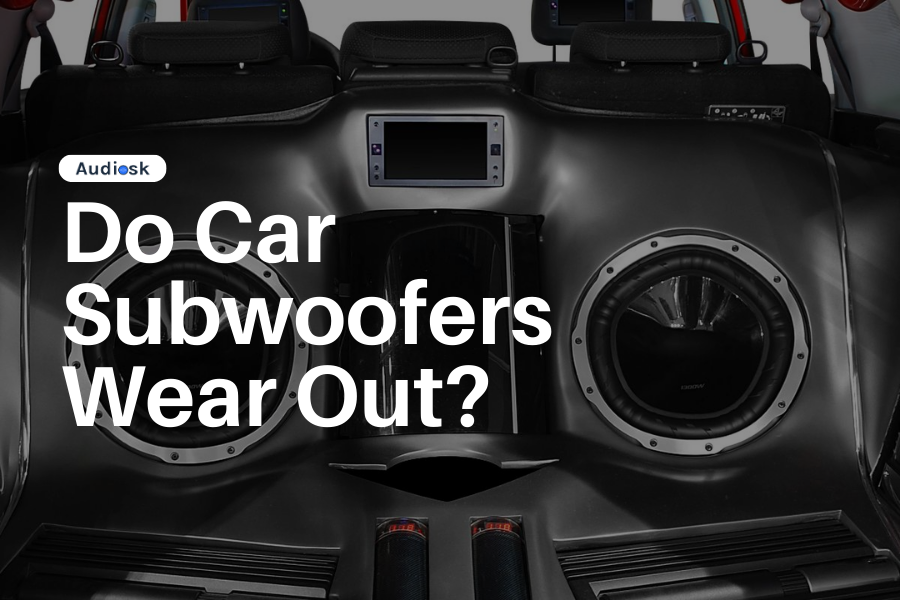As audiophiles, we understand the value of a top-notch car audio system. Music without a subwoofer can feel incomplete, lacking that vibrant depth. A subwoofer brings in a robust bass boost, vital for an immersive listening experience. However, the key to unlocking its full potential lies in setting the right crossover frequency.
In our expertise, there are two recommended crossover frequencies for your car subwoofer: 80 Hz and 120 Hz. You might be wondering which one to select between these two.
At audiosk, We’re here to guide you. Continue reading, and by the end of this article, you’ll have a clearer understanding of how to set your crossover for the best audio experience.
What is a Car Subwoofer Crossover?
When we talk about car sound systems, it’s important to know how the settings for splitters work. A crossover is an electric part that splits sound into different parts based on their speed. It then sends those sounds to the perfect speakers like subs.
When you connect a subwoofer to a car stereo without an amp, setting the right crossover frequency is crucial for optimal sound quality. The choice between 80Hz or 120Hz as the crossover point can greatly affect your audio experience. A crossover frequency of 80Hz is often preferred, as it provides a smooth transition between the subwoofer and the car stereo speakers, ensuring a balanced bass response without muddling the mid-range frequencies.
However, if you prefer more pronounced bass, setting the crossover at 120Hz might be suitable, but this can sometimes overpower the overall sound. Finding the right balance is key when integrating a subwoofer directly with a car stereo, ensuring a harmonious blend of bass and clarity.
If your car’s audio isn’t set right, it could get a messy or mixed up sound. This happens when the big sound system sends too many high-pitched noises to its speakers. This can break these parts and also be more than what small subwoofers like, overpowering them with powerful waves of music that might damage it even further. This leads to worse sound all around.
Getting crossovers right is very important to make sound better in music. Large loud speakers can clearly play the low sounds from bass in your car.
For example, tweeters are organized to handle loud noises. While the midrange speakers handle middle range frequencies. We guide the right noises to each part of a car’s sound system by using special cross-connections, and this makes it even across everything.
One of the big advantages in using a hybrid is its ability to manage power well. Using only some sounds will help to take less power. This preserves the voices and makes them sound good for a longer time in your car’s music system.
If you want to add a subwoofer to a Bose car system involves considering the ideal car subwoofer crossover setting, typically between 80Hz and 120Hz. Bose systems deliver high-quality sound, and integrating a subwoofer can enhance the bass.
You should look for the best changes in sound volume setup on your car’s music equipment. It’s very important. Remember, big spots like home theaters with more sound channels or subwoofers that need power can use different kinds of crossovers.
They might be high pass (HP) and low sailing quotes when you run out of the allowed number of words in a part. These are very important to provide clear sound. They make sure we only hear good things.
Car Subwoofer Crossover 80hz Or 120 Hz: Key Difference?
First, we’ll give a short introduction. Then later on, we will discuss the settings of 80 Hz and 120 Hz for your car sound system called subwoofers. As we said before, crossover frequency is when your subwoofer begins making low sounds and then stops as other speakers from the system join in.
When people set up car speakers, they usually use a subwoofer crossover at 80 Hz or 120 Hz for audio. What is best for you might be different based on some factors. These types are about the size of your subwoofer, how sound moves in your car and what sounds you like most.
We often think about what is the best setting for my car subwoofer. Should it have a crossover of 80 Hz or 120 Hz? Let me explain the difference in this easy way.
If we put the changeover point at 80 Hz, our big bass speaker will only play very low sounds. This gives us a crisp and clear base note for music or movies with some heavy beat action scenes in them like those from superhero blockbuster films where basement monsters cause buildings to shake around their fast-paced battles against evil foes by generating powerful earthquakes This is wonderful for when we love music in which every beat matters a lot, like jazz or classical songs.
But, if we pick 120 Hz our big speaker will catch better low sounds and make the bass sound fuller. This is great for music with a strong beat and deep bass sounds, like hip-hop or electronic tracks.
Think of it like this: At 80 vibrations per second, the bass in our car is better about sound and detail. On the other hand, at 120 beats every minute we feel everything more deeply no matter where we are inside it.
Besides, choosing the right crossover setting for a car subwoofer, like 80Hz or 120Hz, affects car subwoofer wear out. A balanced setting at 80Hz reduces strain and prolongs the subwoofer’s life. In contrast, a higher setting like 120Hz can lead to quicker wear. Proper settings and maintenance ensure your subwoofer lasts longer while delivering quality sound.
80hz VS 120hz: Which Is Best For Beginners?
Based on our know how in sound engineering, we usually suggest choosing a starting point of 80 Hz for setting crossovers.
This is what works best based on the experience we’ve gained so far by working with different sounds and frequencies throughout various projects over multiple years. But our studies show that using 120 Hz could be better.
This is extremely clear when you hear the reduction of sound decrease that starts at around 50 hertz. This happens more for a crossover frequency speed setting of 120 compared to one set at 80 frames per second.
We’ve observed a persistent issue with a sound gap, or ‘null’, in the 30-45 Hz range due to room acoustics.
This is a common problem in smaller spaces, where the natural room resonance coincides with the point where the low-frequency sounds from the woofer transition to mid-range frequencies. By choosing a 120 Hz crossover, we’ve found it helps in minimizing these standing waves.
Ultimately, the choice of crossover frequency depends on what sounds best in a given environment. A higher crossover setting can ensure a smoother overall sound system performance.
Sometimes, playing with lower sounds might improve sound quality. But remember to use them carefully and know what you’re doing. Often, what happens at the end is greatly affected by two things: how good your mixing tools are and what kind of space you’re in.
Why Choose 80 Hz as Your Crossover Frequency?
Picking 80 Hz is normal in sound engineering. It’s used often because it works well with various speakers and room sizes.
This is a common choice in this field of work that involves making music louder or changing the way songs sound using machines like loudspeakers, amplifiers etc., known as audio systems usually found within buildings called auditoriums where people gather together for In our experience, often the crossover is set at 80 Hz to get a sound that feels same in home movie rooms or small music areas.
For example, when we set up a home movie theater, the 80 Hz level smoothly mixes bass from big speakers with sound coming out of little ones. It gives everyone an even and enjoyable listening experience at their house movie system.
This happens often enough to let the big bass speakers handle the deep sounds without being in conflict with other main speakers. Yet, it isn’t too much that we just hear one speaker and think where is coming from.
In a normal home setting like your living room, using an 80 Hz crossover more often gets you clearer and better defined sounds. It helps with problems such as muddy or overlapping basses. This place is a useful beginning for getting good sound in many situations.
When is 120 Hz the Better Choice for Your Subwoofer?
We understand that picking a subwoofer crossover with 120 Hz can be helpful in some cases. From what we have learned, it’s very helpful to use a higher setting in areas where the room sounds make an obvious drop or ‘null’ at lower frequencies. These are usually around 30-45 Hz when waiting for base notes can be difficult.
For example, in small rooms or places with special designs like curved tops and open plans, you can use 120 Hz to manage sound problems better. This will help tame the effect of certain noise issues.
This more often happening sound helps to connect the big bass speaker and main ones better. This makes sure that all sounds are evenly spread out over a full range of noise scales.
We’ve seen this method work well in small cafes and homes with studios. It must get the right sound because each room has its own noise problems.
How to Determine the Right Crossover Frequency for Your Car?
Usually in our audio engineering jobs, the normal crossover frequency for home movie systems is often set at 80 Hz. However, this can be changed based on what sounds best for your specific system’s setup. This usually falls between about 40 Hz and 250 Hz.
You can use Audyssey MultEQ software to fine-tune the crossover. This control lets you get things really good and balanced in many different ways. This program also makes sure your subwoofer settings are copied, giving you a unified sound feeling.
When choosing the crossover frequency, here are some guidelines we recommend:
- Try to make sure that the frequency change is less than 200Hz. This hides where the subwoofer is in the room. It works best: things that happen more than 10 times a second. For most systems this won’t be too low, but it still should work well enough to keep sound levels down below what people usually expect from loud volume controls on home audio equipment like TVs or radios because those devices make sounds at higher frequencies
- A lot of satellite speakers are made to let the air flow through them. We recommend discovering their best frequency and putting the crossover at least one big sound lower than this point.
- If your setup offers multiple angular slopes (for example, 6 degrees downward or 12 degrees) try using the lowest slope that still sounds good in where you are.
- Putting the big speaker in the right place, along with making it sound good where you sit if it can be done is very important. It should not be taken lightly for how much we enjoy music and sounds nice or low beautifully quality overall matters so danglytons watch out your listening area does wonders to improve.
These ideas come from our long-lasting knowledge. They are made to help you get the best sound possible from your home cinema system.
When considering the cost to install a subwoofer in a car, it’s important to factor in the impact of setting the car subwoofer crossover, whether at 80Hz or 120Hz. The crossover setting affects the overall sound quality and installation complexity.
Conclusion
At audiosk, Setting up a subwoofer crossover at either 80hz or 120hz can be tough. Often, you need to tune it by listening to it. Yet, some simple tips about bass can help you fix your sound system.
Dynamic subwoofer crossovers can shift the crossover frequency. This change can either stop or boost the bass and deep bass sounds. Most people suggest a normal crossover frequency of 60 to 80 Hz for bass sounds.


